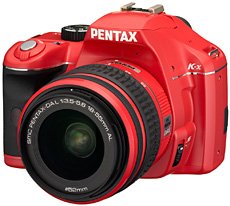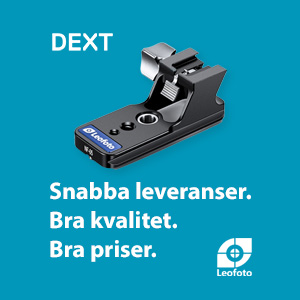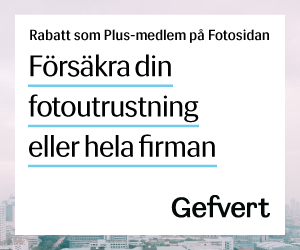Att knapparna är omflyttade på K-7 beror på hänsyn tagen till a) att kameran ska vara så liten som möjligt och b) den stora skärmen. Här är utdrag från en intervju med projektgruppen för Pentax K-7.
"The *ist-D certainly was a good standard for size, because it was — and is — one of the smallest digital cameras ever sold. The times have changed since it was released, however. The body designers had to pack many more components — including a large three-inch LCD panel, in-body shake-reduction unit and new aperture-control mechanism — into the same dimensions. If the body designers had made a conventional approach to the design of the K-7 chassis, it was obvious even at the pre-design stage that everything wouldn’t fit into the space available."
"Once the basic camera body design was completed, the user-interface designers turned their attention to the K-7’s operation system. Again, the downsized body and the incorporation of a large three-inch LCD panel on the back were major challenges, and the designers soon realized that they could not use the controller layout employed in the K20D and other models.
The solution was found rather easily, in the single-hand operation system featured in the K-m, an entry-class model that went through drastic downsizing. After discussing the feasibility with the camera body designers and mechanical engineers, it was confirmed that they were working in the same direction. Soon, the user interface designers started designing for the ideal positions to install two electronic dials, so that they could adopt the two-dial configuration used in PENTAX’s medium-class models to accommodate single-hand operation.
In fact, a medium-class model requires more controllers than an entry-class model, so it was physically impossible to place all of them on the grip side. Even if they could be fit them within a limited space, they would be placed so close together that they would be impractical in use. The decision was made to classify the controllers into two groups: those for shooting, and those for playback. The former group would be placed on the grip side of the camera’s back panel, while the latter would be positioned at the left shoulder of the back panel. This layout successfully allowed single-handed control of all shooting modes."








